6 classic virtual analogue oscillator tricks
It’s the most basic form of synthesis but there are still plenty of ways to spice up your sound design with virtual analogue…
Your favourite virtual analogue synth plugin no doubt offers a plethora of filters, modulation options and onboard effects with which to take its raw oscillations to breathtaking sonic heights. Before you get to that point, though, there are plenty of things you can do at the oscillator level to make your tones more interesting. Here are six of our favourites…
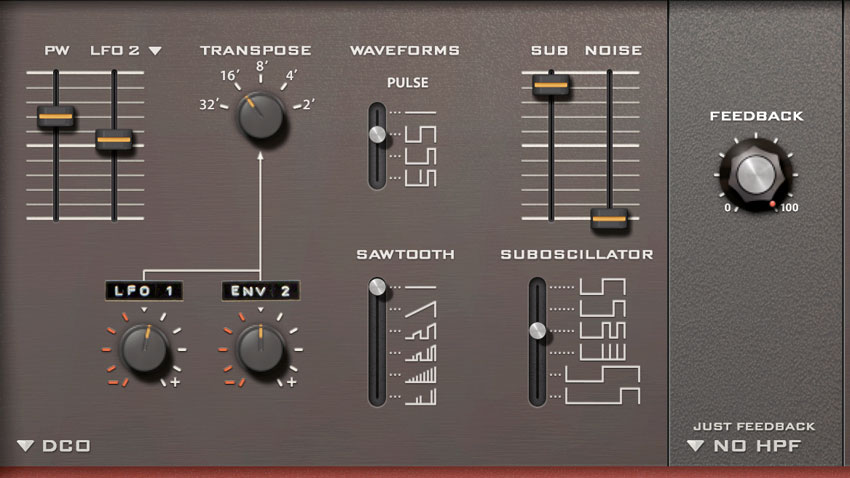
1. Fire up a sub oscillator
Tasked with adding harmonic density and weight to an oscillator’s tone, many VAs feature what’s known as a sub oscillator - a simple waveform (usually a sine, triangle or square) that sits one or two octaves below the pitch of a ‘main’ one.
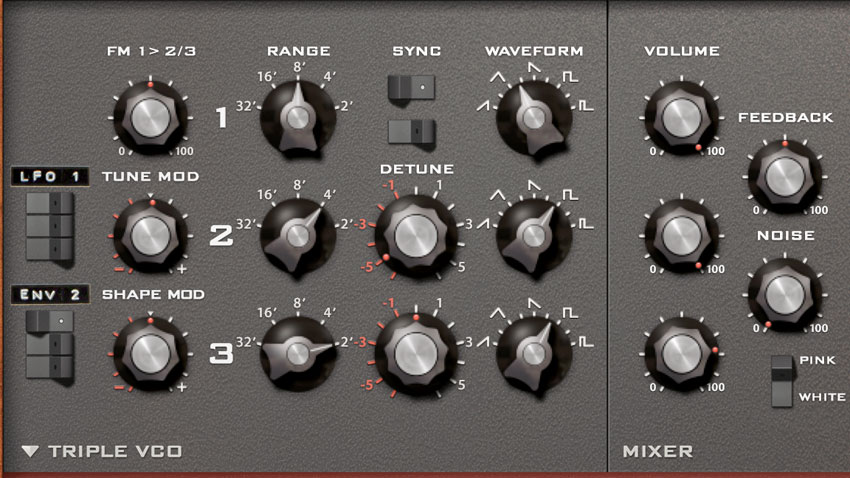
2. Ride the waves
Many subtractive synths only allow you to switch between set waveforms (the Minimoog, for example), but others let you gradually fade between them. Not only does this enables you to position your waveform selection at the perfect point, but the control responsible can also be modulated for extra timbral mayhem.
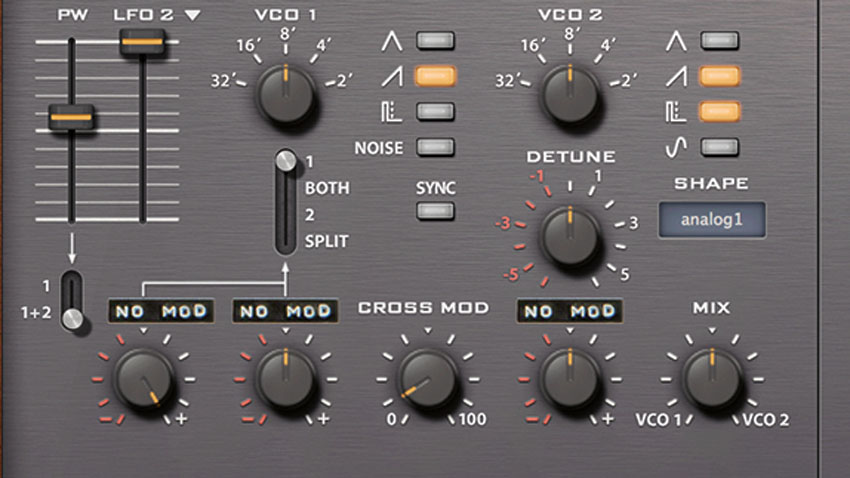
3. Feel the width
Aside from the standard square wave, many virtual analogue synths only offer switchable non-symmetrical pulse shapes (you again, Minimoog). Many more, however, give you the option of wobbling the ‘up and down’ pulse shape - ie, pulse width modulation. PWM is ideal for strings, pads and brash lead sounds.
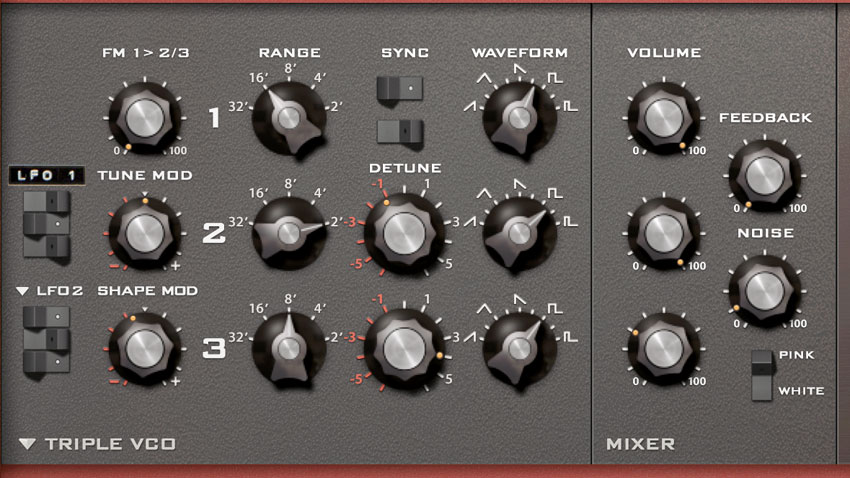
4. Hard as they come
Hard sync is the 'locking' of one oscillator to another, so that the 'slave' oscillator’s waveform is retriggered every time the master oscillator repeats its wave cycle. The resulting sound is brash, with a strong attack - sweep or modulate the slave’s pitch to create searing timbral changes.
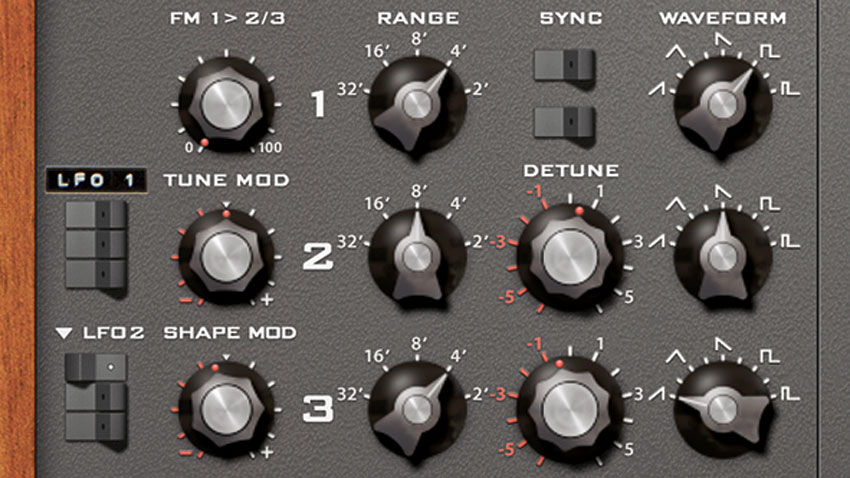
5. Stack ’em up
When two oscillators are detuned very slightly away from each other, the result is a familiar ‘beating’ effect. The further apart the detuning, the more dissonant and aggressive the wavering. Modern virtual analogues let you stack oscillator unison voices and detune them apart for a similar thickness.
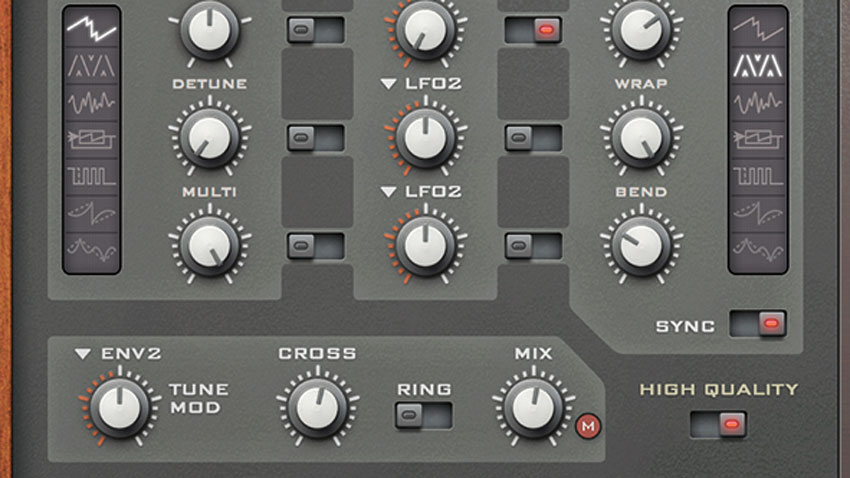
6. Mucho modulation
When a low-frequency oscillator can be sped up to rates within the range of hearing, using that signal to sweep another parameter is known as audio-rate modulation. Similarly, cross modulation involves using one audible oscillator to modulate another. Use it to fluctuate pitch, amplitude or filter frequency for distinctive timbral gnarliness.
Want all the hottest music and gear news, reviews, deals, features and more, direct to your inbox? Sign up here.
Future Music is the number one magazine for today's producers. Packed with technique and technology we'll help you make great new music. All-access artist interviews, in-depth gear reviews, essential production tutorials and much more. Every marvellous monthly edition features reliable reviews of the latest and greatest hardware and software technology and techniques, unparalleled advice, in-depth interviews, sensational free samples and so much more to improve the experience and outcome of your music-making.
